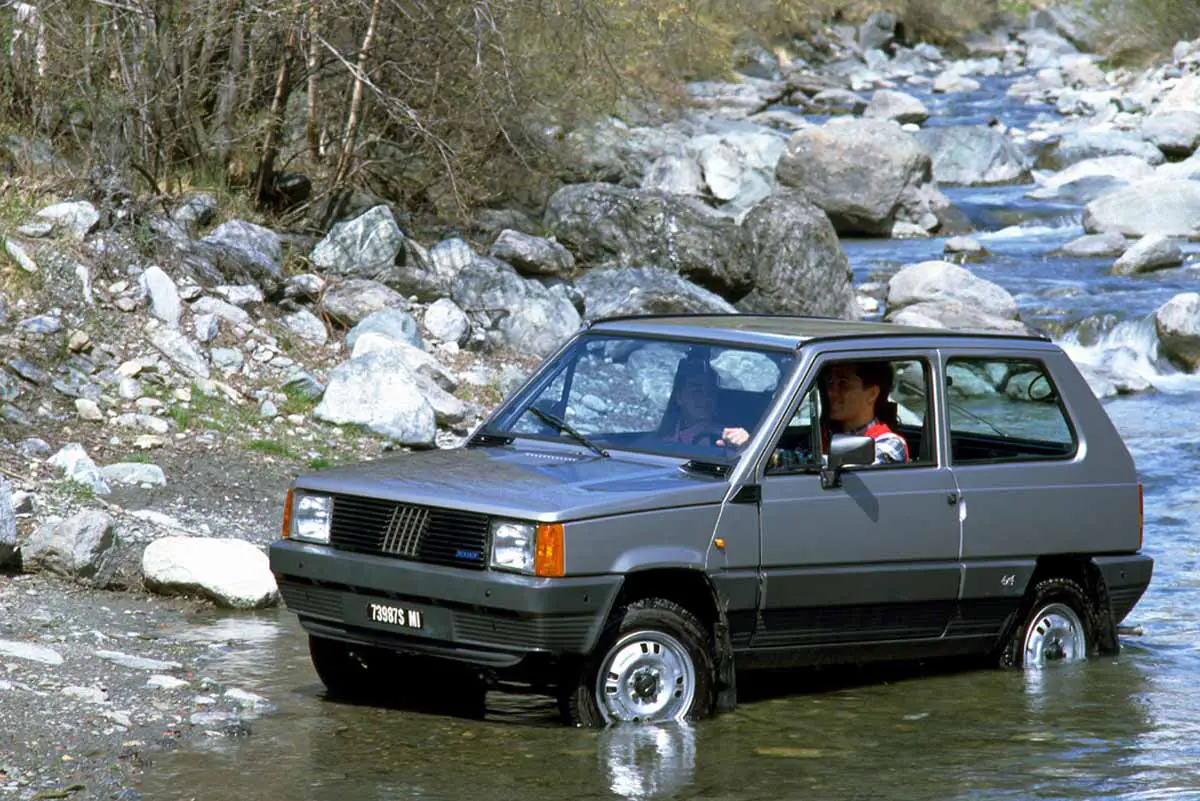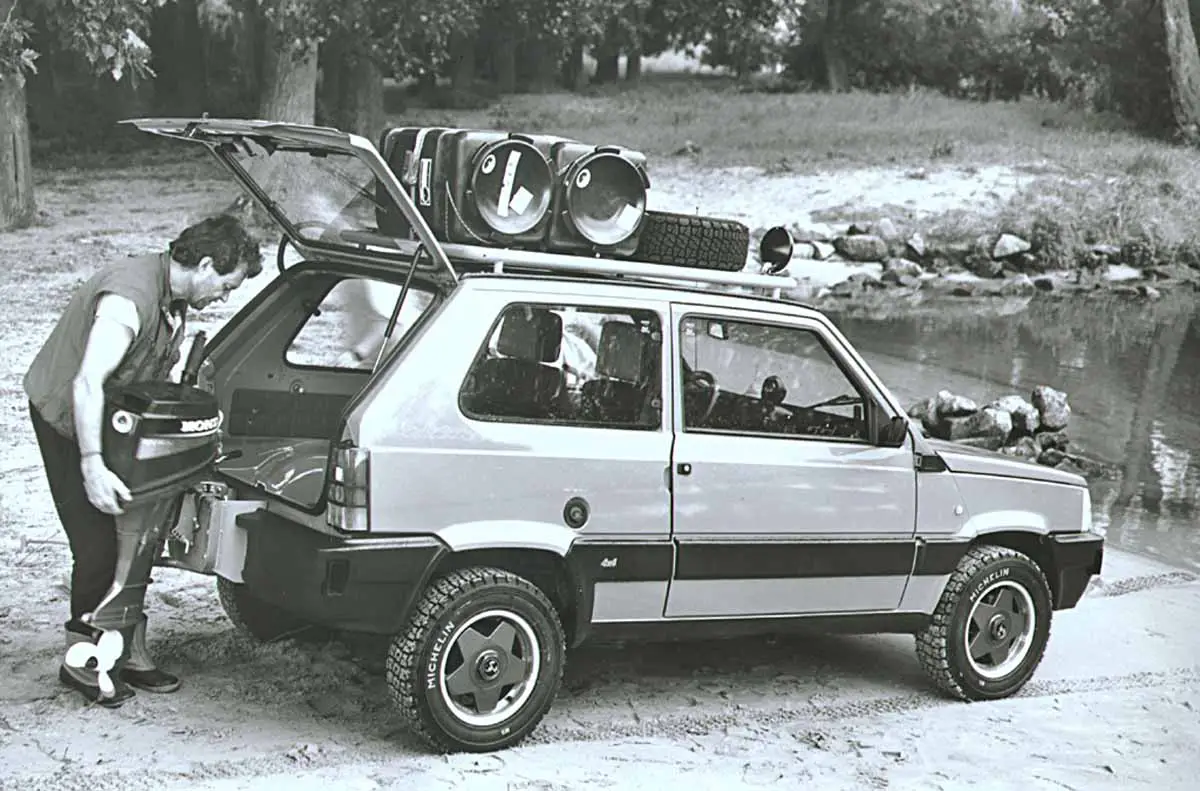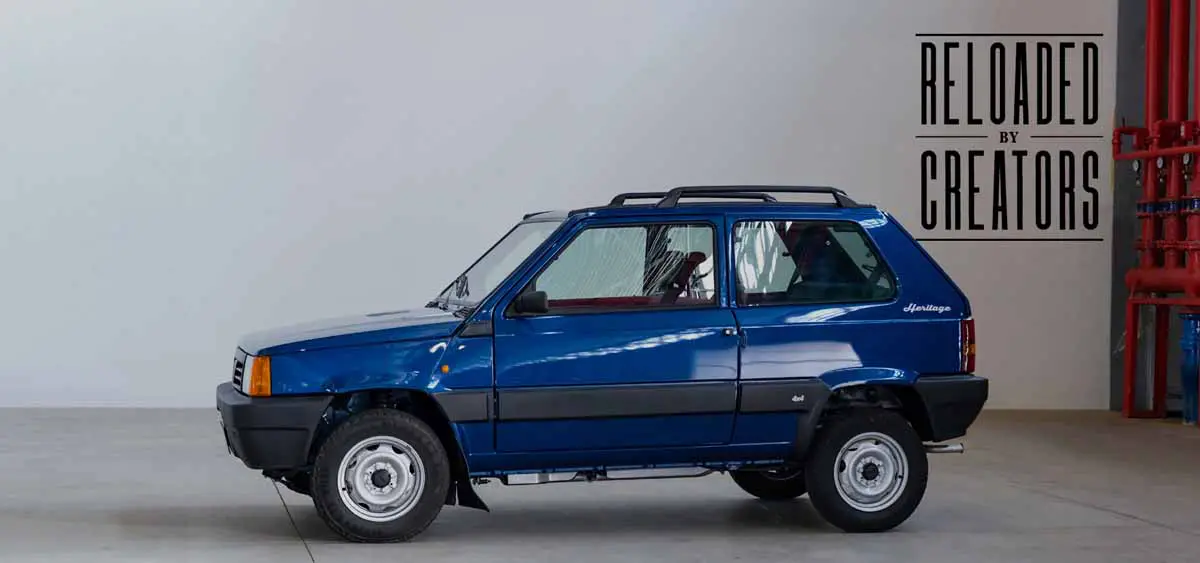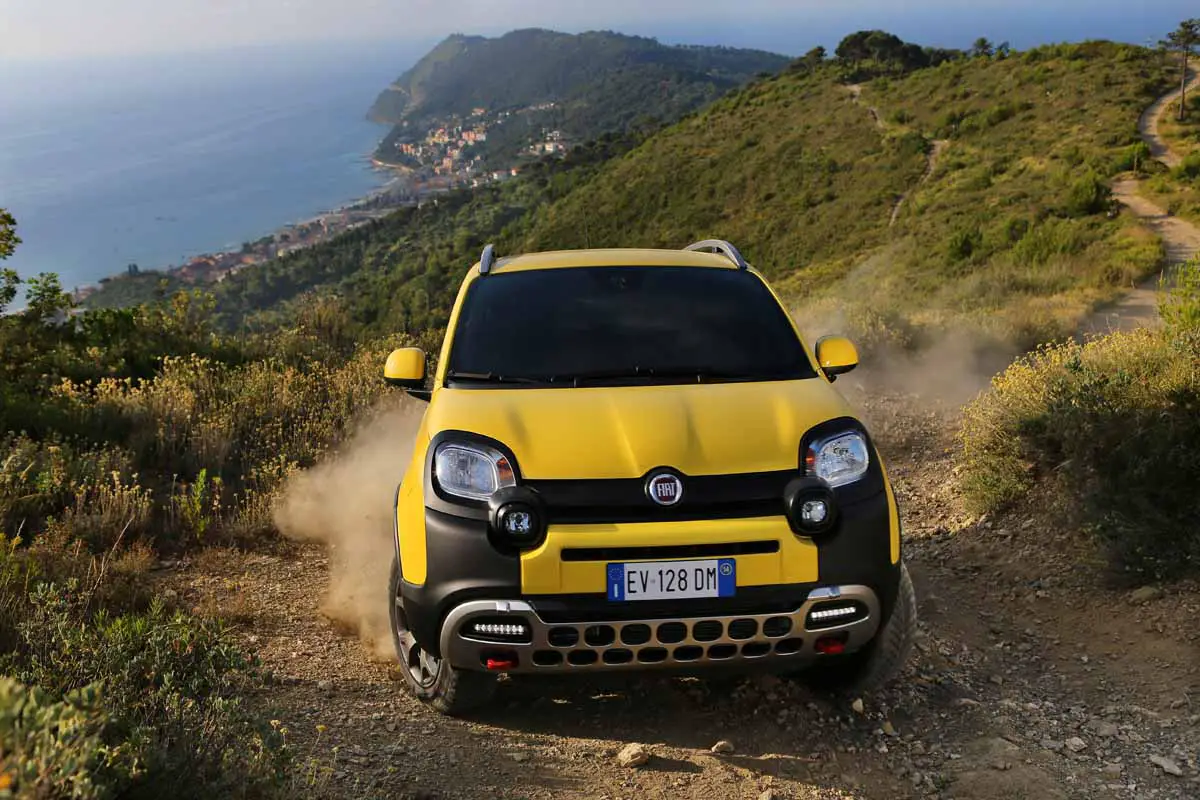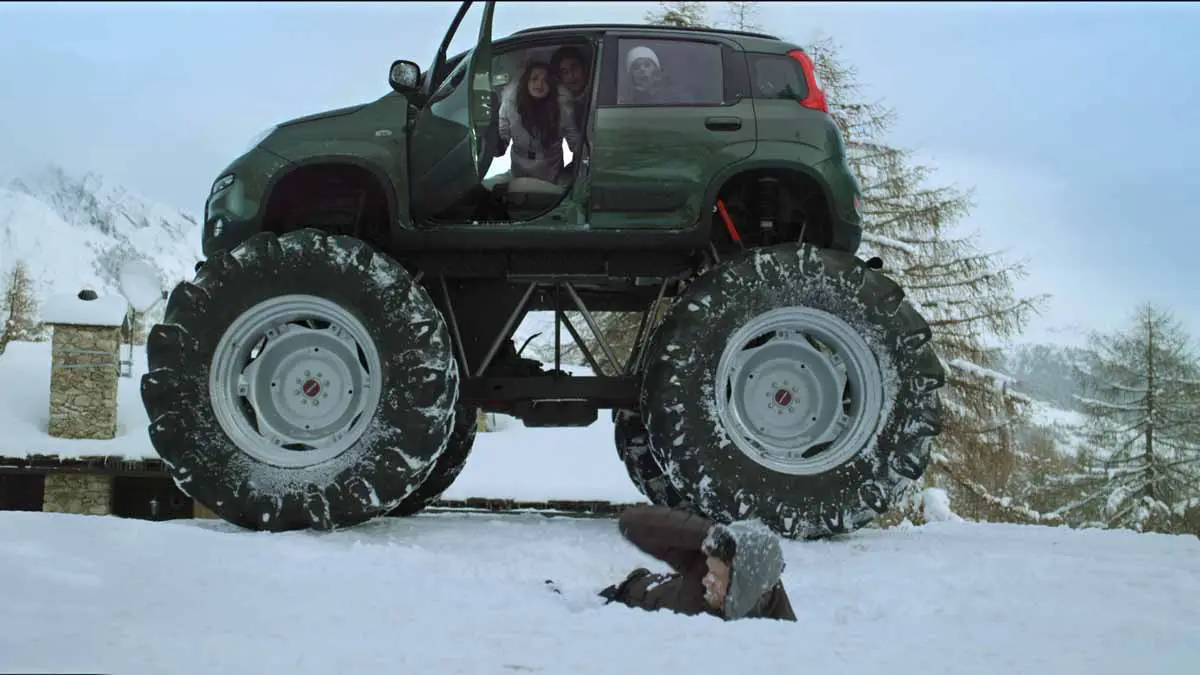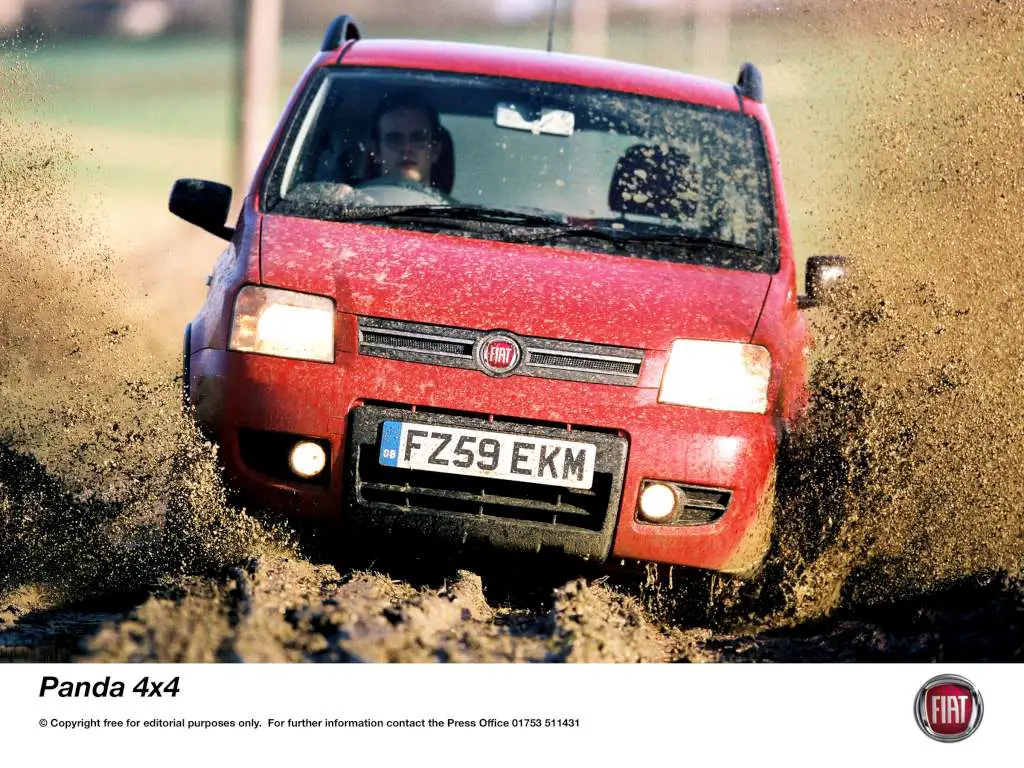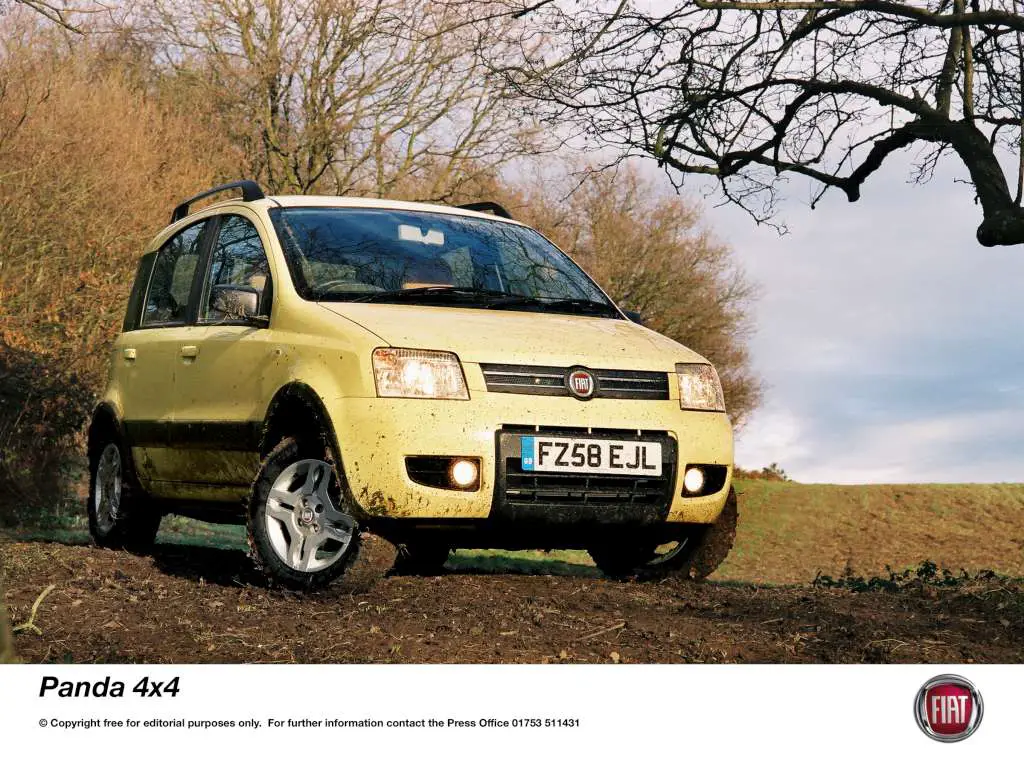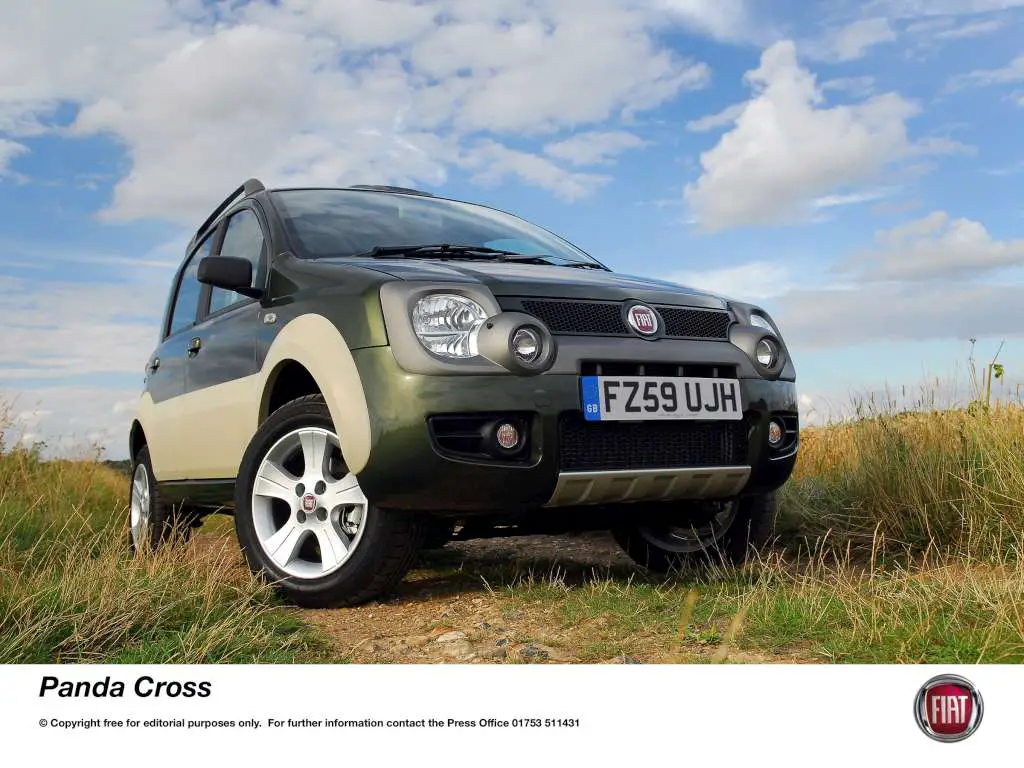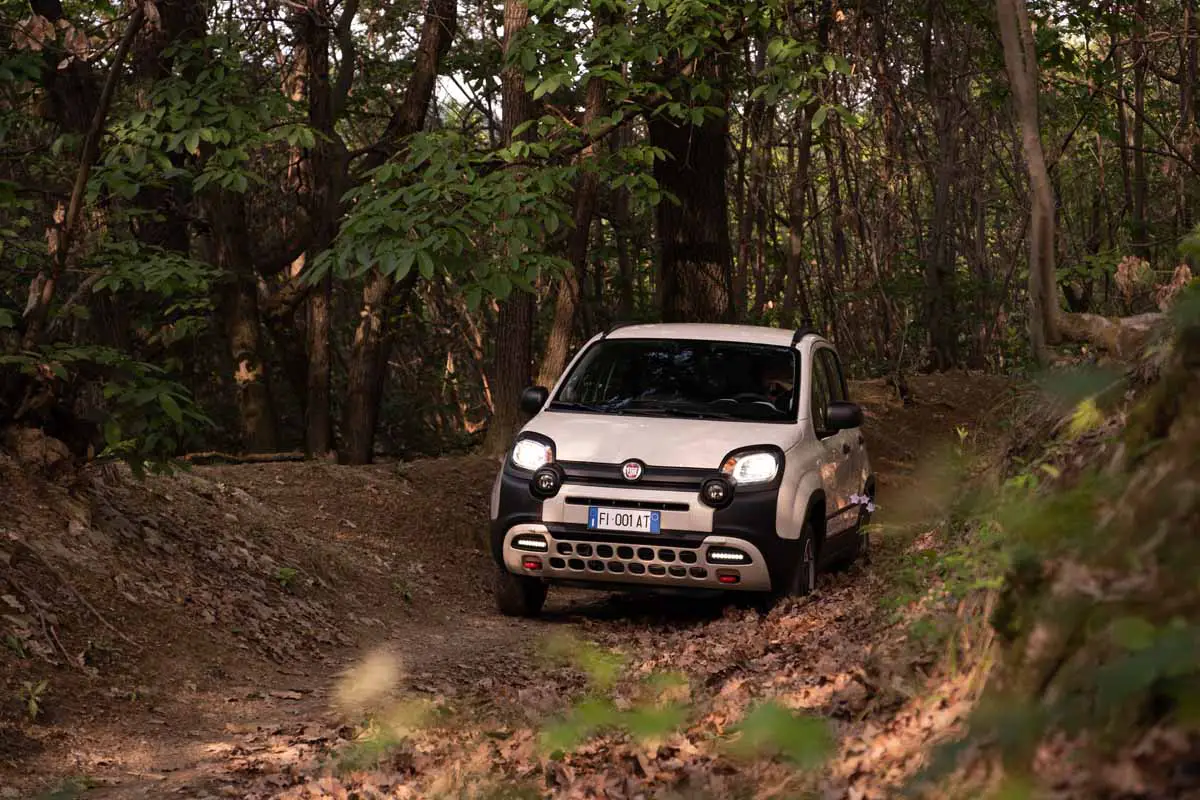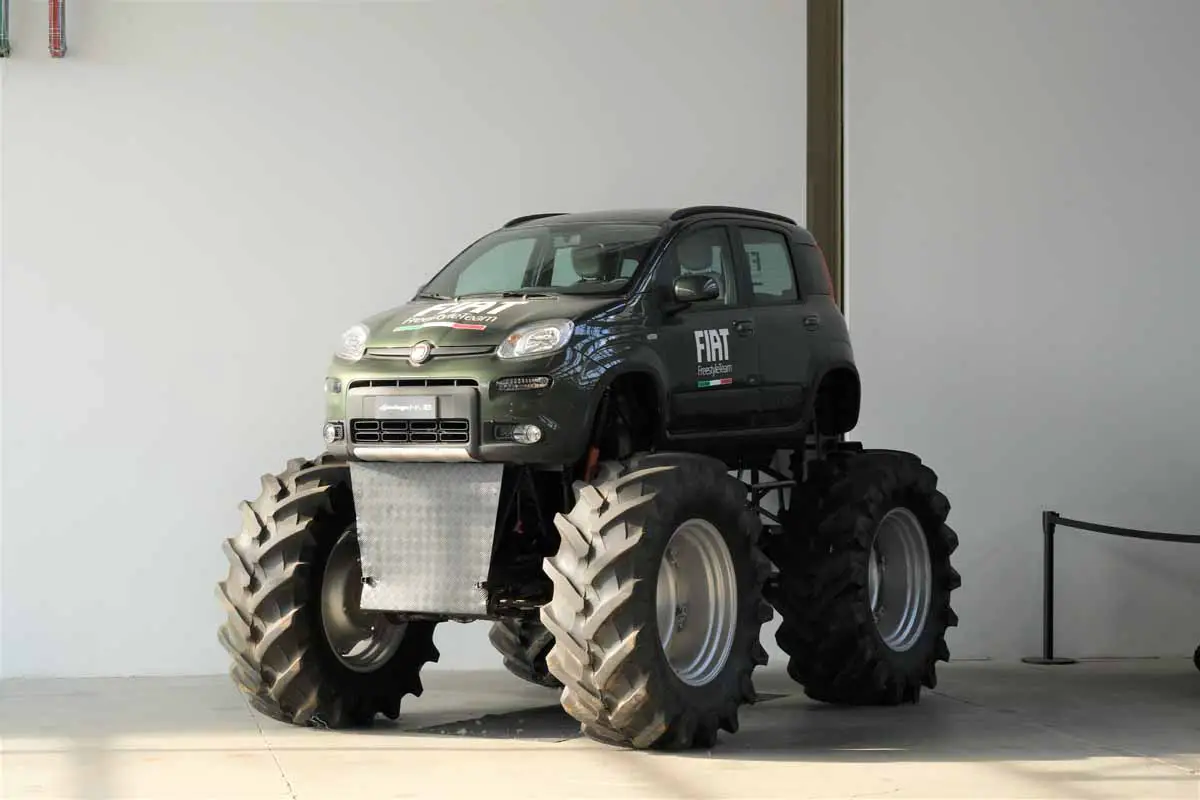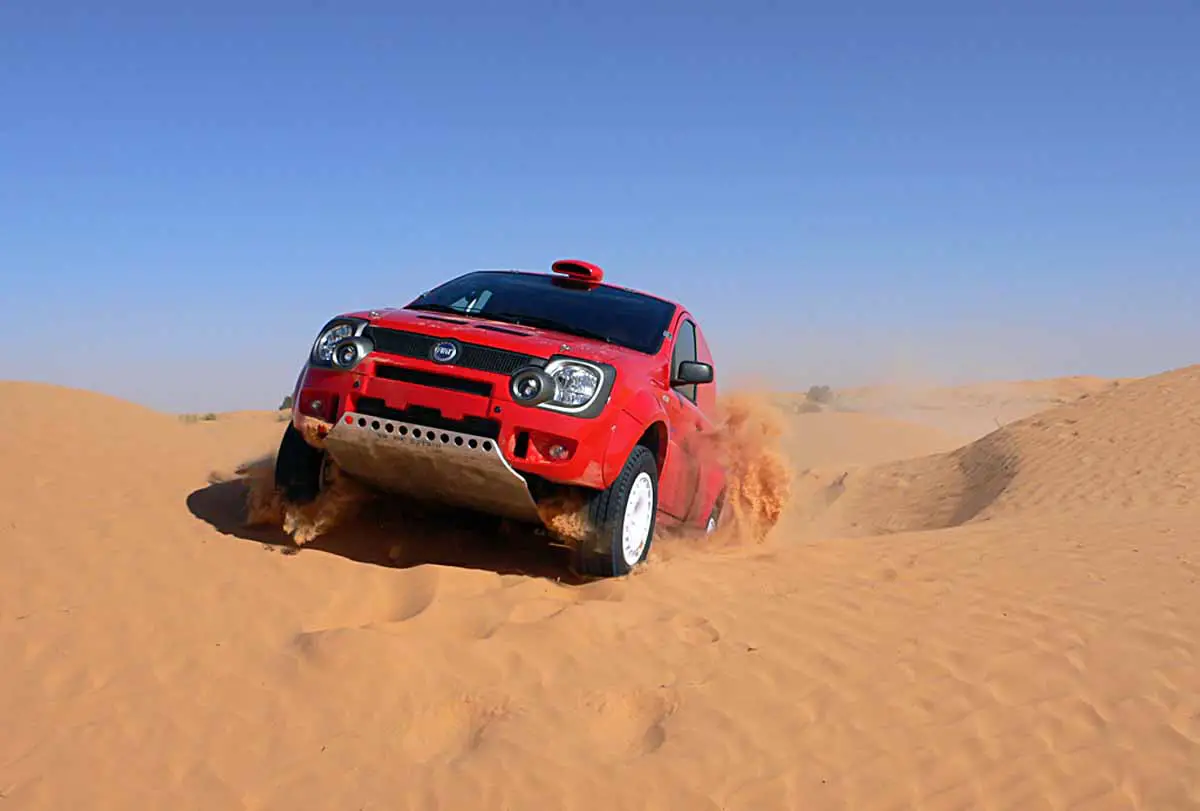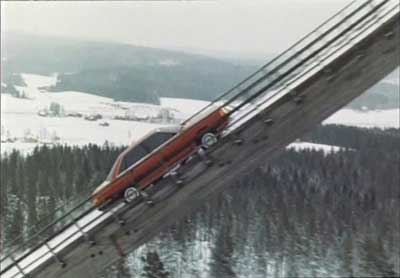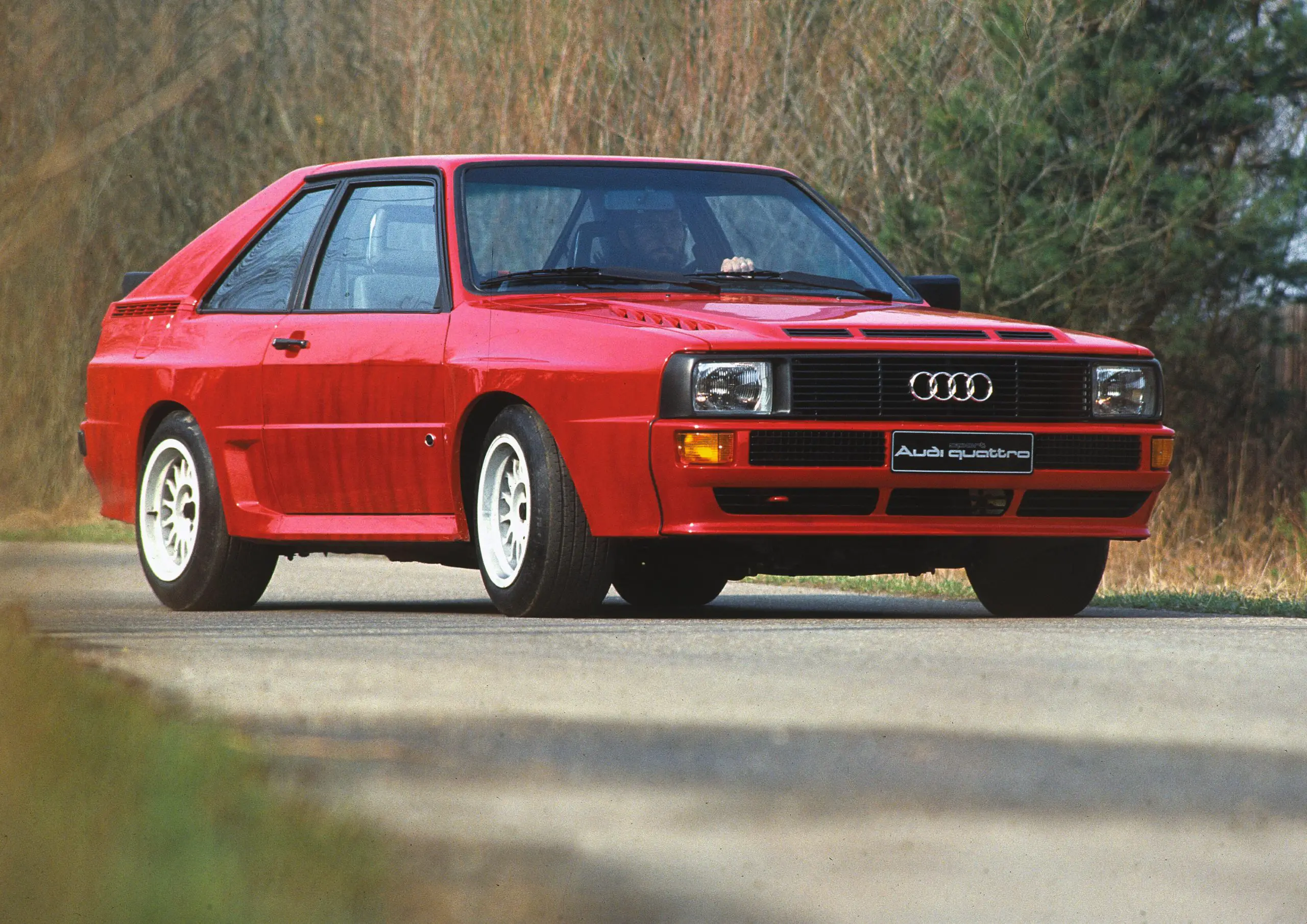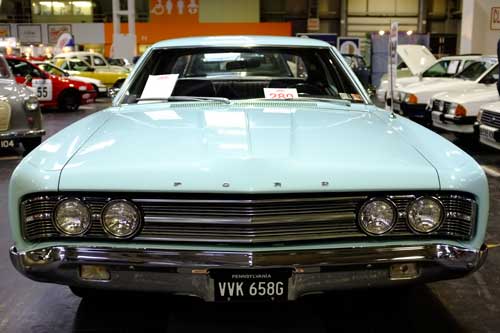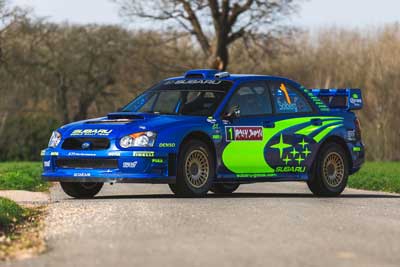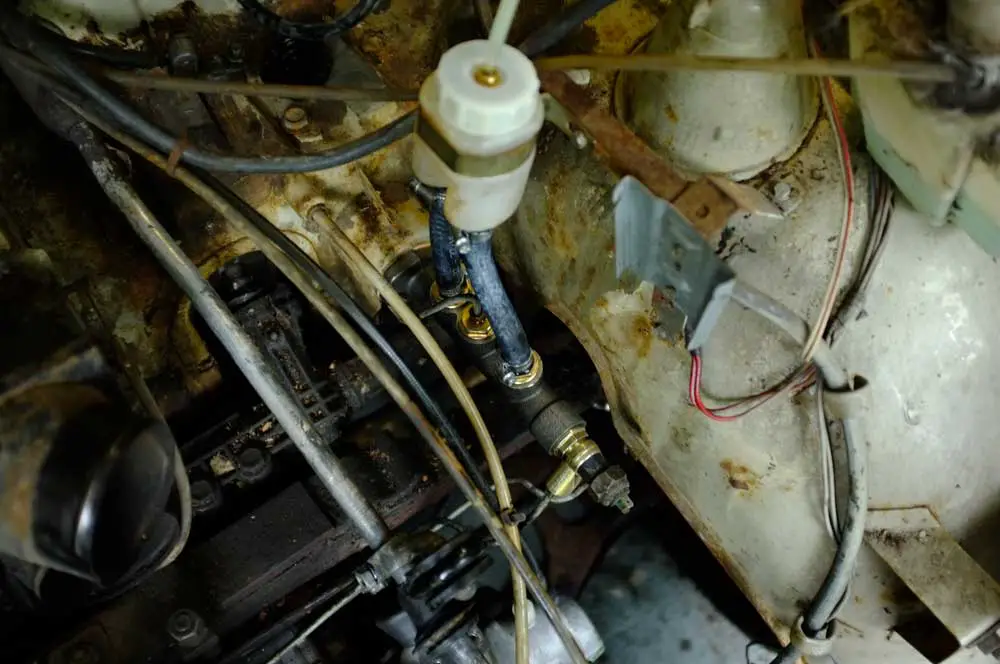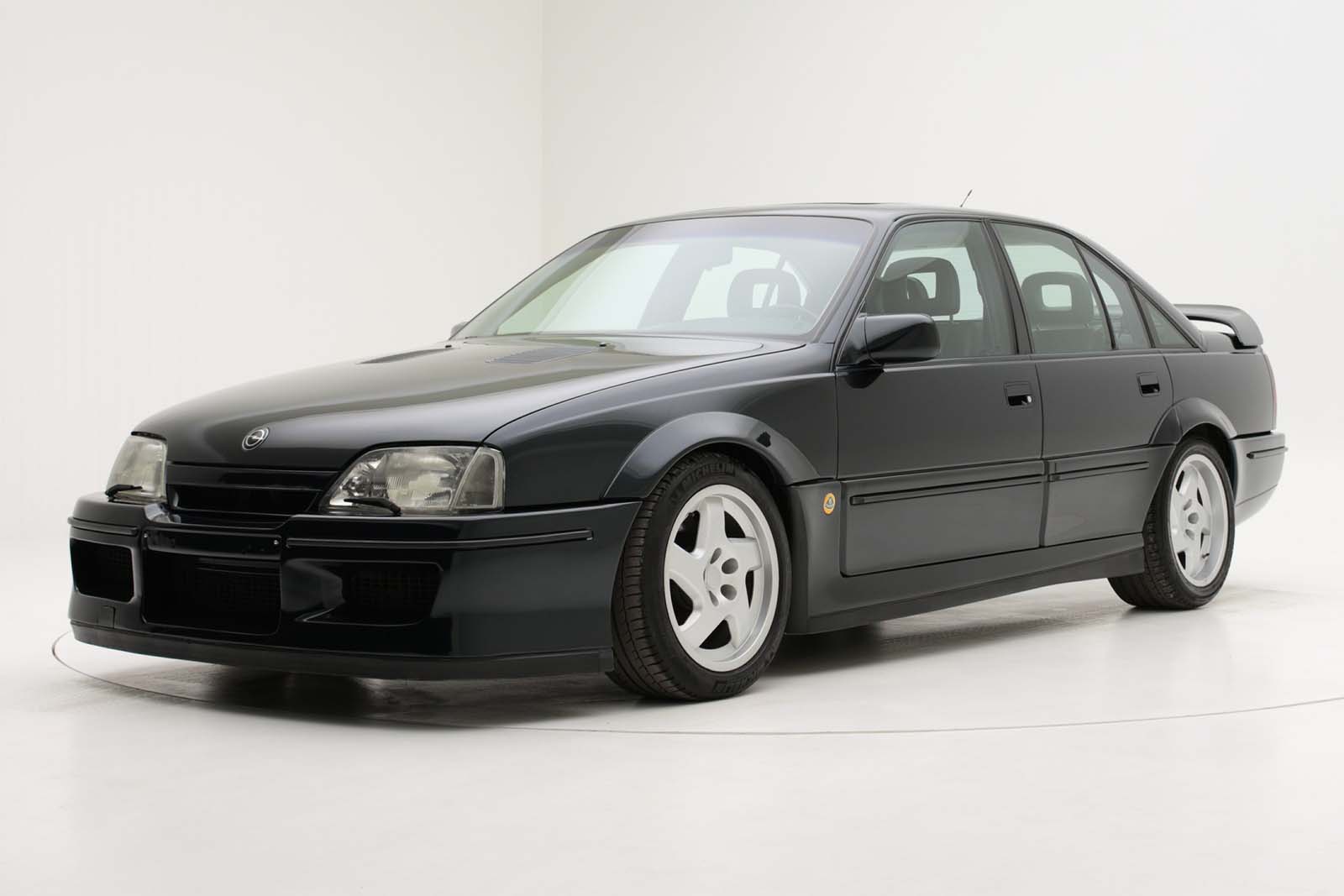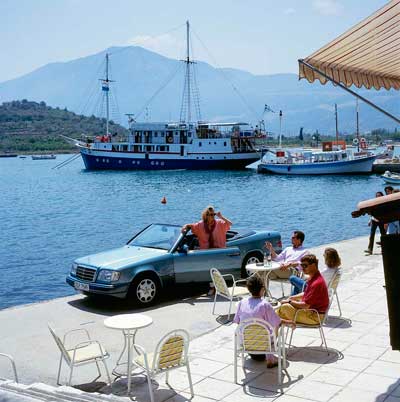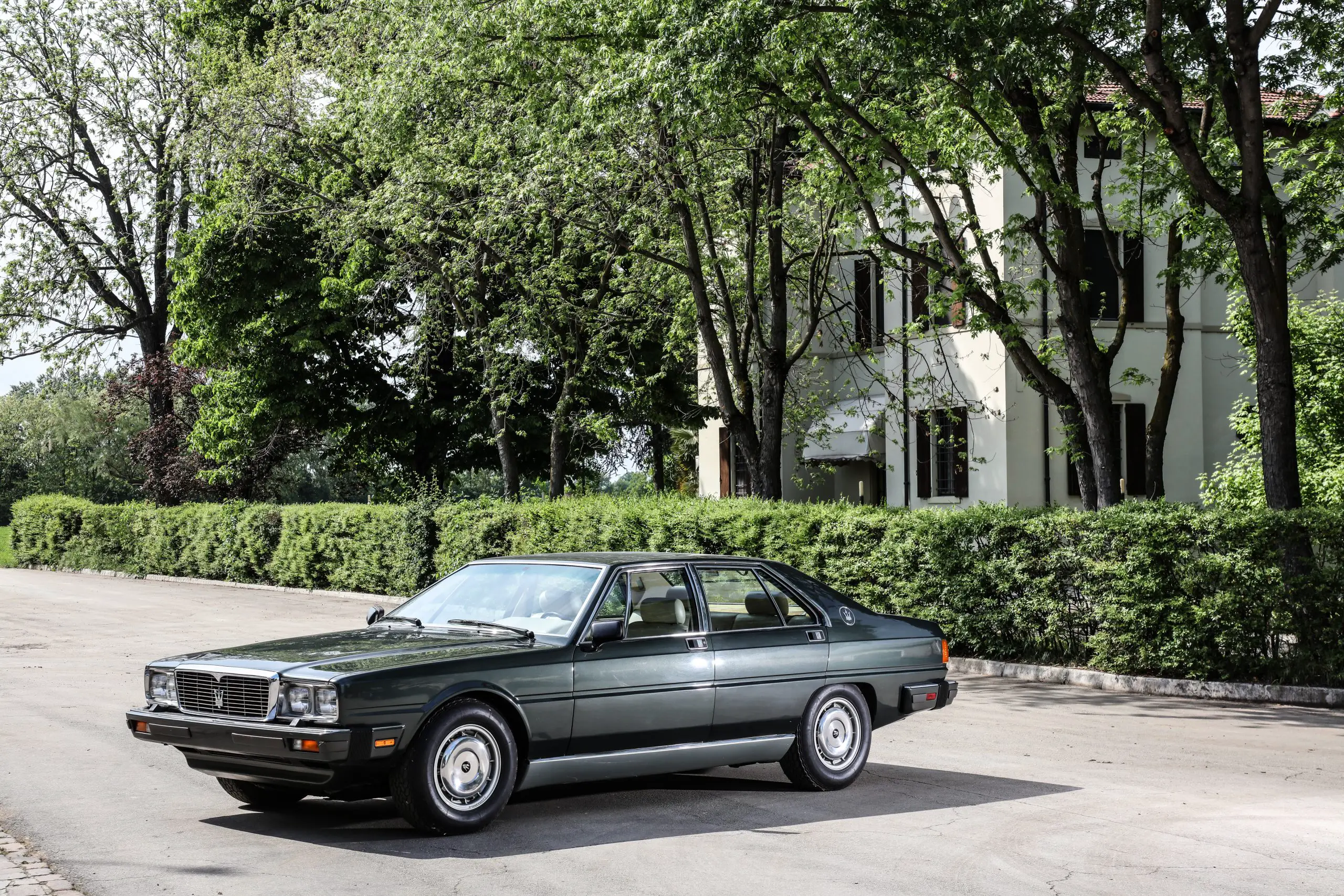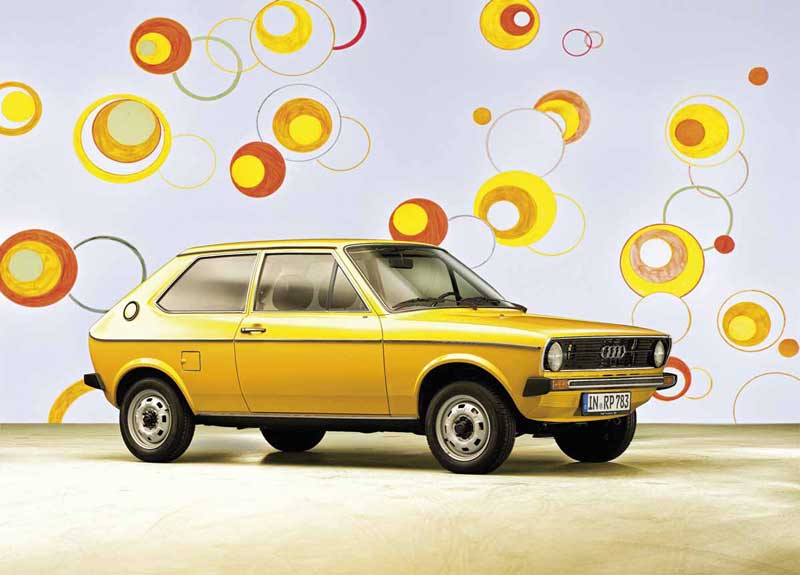
4×4 x 40 Years Of The Fiat Panda 4×4
The Fiat Panda 4×4 is celebrating its 40th anniversary and is receiving special recognition from the Stellantis Heritage Department. This tribute includes a video revisiting the iconic model’s global adventures and the sale of a meticulously restored 2001 Trekking version from the company’s collection.
With a remarkable history of over 800,000 units sold across three generations and the prestigious “Car of the Year 2004” title, the Panda 4×4 has been a significant little vehicle in technology and adventure racing.
The Panda 4×4 has become a symbol of Italian style and adventure and managed to blend the convenience and comfort that a small city car affords with outstanding off road performance of some of the most challenging terrains. The Stellantis Heritage team’s homage comprises a captivating video retrospective showcasing the Panda 4×4’s thrilling exploits worldwide.
Additionally, a 2001 Panda 4×4 Trekking, meticulously refurbished to its original glory, is now available for purchase. This particular model, having served as a company vehicle at the Mirafiori factory in Turin, made its debut at the Auto e Moto d’Epoca in Bologna, garnering praise for the restoration work.
Roberto Giolito, Head of Stellantis Heritage, remarked on the Panda 4×4’s enduring impact, noting its ability to leave an indelible mark on people’s lives. The 2001 Panda 4×4 Trekking, having undergone restoration, is presented as an embodiment of the model’s adventurous spirit and is now poised to bring joy to a collector passionate about Italian-made vehicles.
“In a world in constant flux, the Fiat Panda 4×4 was able to leave an indelible mark on people’s lives, accompanying them over 40 emotional and freedom-filled years, as attested by the over 800,000 units solid between 1983 and today. Moreover, the Panda 4×4 was created with a bold and confident attitude to take on outdoor adventures, whatever the weather or road conditions. And the 2001 Panda 4×4 Trekking we have restored is no exception. After having operated in the Turin Mirafiori factory, we thought that the moment had come to return it to its natural habitat: adventurous routes, mountain ascents, or, simply, a nice ride in the city center. We are proud of this vehicle which will bring the happiness and lightheartedness of the past to a collector who is passionate about Made-in-Italy vehicles.”
In 1983, FIAT enlisted the expertise of Steyr-Puch, a renowned name in the four-wheel-drive sector, to transform the adaptable city car, the Panda, into a compact and lightweight off-road vehicle. The 4×4 system devised for the Panda was characterized by its simplicity and robustness. Operating it was straightforward—pulling the gear lever on the tunnel engaged traction to the rear wheels without the need for a center differential. This design was particularly suitable for low-grip surfaces and low-speed usage.
The production process occurred in two phases. In Austria, the entire transmission, including the clutch, gearbox, drive shaft in three parts, rear axle with a differential, and brakes, was manufactured. Subsequently, these components were shipped to the Fiat factory in Termini Imerese (PA), where they were assembled with the rest of the vehicle. The full-wheel-drive model boasted a unique five-speed gearbox with a notable feature called the “primina,” a drive ratio tailored for climbing challenging slopes with ease.
Powered by a 965 cm³ 48 HP engine, later upgraded to 1108 cm³ in subsequent versions, the Panda 4×4 marked a groundbreaking example of a city car featuring a transverse engine and a 4WD system. The vehicle showcased a minimum ground clearance of approximately 18 cm, an unladen weight of merely 740 kg, and optimal off-road angles that enabled it to tackle slopes of nearly 50%. Off-road enhancements included knobby tires
and protective strips on the lower part of the sides and around the wheel arch. These features rendered it not only suitable for everyday use but also capable of navigating challenging terrains.
The Panda 4×4 lineup expanded beyond the “base” and “S” versions to include various trims over the years. These iterations encompassed the Trekking model, the Country Club version equipped with an inclinometer on the dashboard to measure the vehicle’s inclination angle, and the limited-edition Panda 4×4 Sisley featuring special interiors and a
comprehensive set of features. The Panda was truly an affordable and capable 4X4 with arguably far better road manners than the alternatives and it was affordable which made it popular and accessible to a wide ranging audience.
Later on the third generation, which started in 2012, featured a complete redesign with a permanent four-wheel-drive system and further innovation.
The new Panda 4×4 participated in extreme adventures, including the Dakar 2017 rally, where it became the first Fiat vehicle derived from a city car to complete the iconic and challenging race. They even built the Panda Monster in 2012, which is one of the more unusual monster trucks you’ll see.
The Panda 4×4 Heritage, a 2001 Trekking version, has been meticulously restored and is now available for purchase. This collector’s edition, with less than 40,000 km mileage, showcases the precision and care of the Heritage department’s Officine Classiche in restoring classic vehicles.
To honor the Panda’s 40th anniversary, FIAT has also introduced a limited edition “4×40” Panda, with only 1,983 models available, paying homage to the year of its inception.
The Panda 4×4 remains an enduring symbol of adventure, freedom, and the joy of exploration, captivating enthusiasts for four remarkable decades.
But it was in international racing and exploration where the Panda really demonstrated how capable it is. The first-generation Panda 4×4 gained fame through adventure races worldwide, including races in Africa, Australia, Iceland, and the Amazon Forest.
Notably a caravan of Panda 4x4s attempted the Paris to Beijing adventure race in 1989, covering 22,000 kilometres through 11 countries. Unfortunately, they didn’t reach Beijing due to the Tiananmen Square protests, but the later Marco Polo Expedition in the spring of 1985 saw them successfully travel from Venice to Beijing via the Silk Road.
But it was in international racing and exploration where the Panda really demonstrated how capable it is and gained further validation through its participation in a series of legendary adventure races organized by the “Safariland” tour operator. These races provided an avenue for amateur drivers eager to traverse continents via off-road tours in the Panda 4×4. The inaugural adventure unfolded in 1985 when a convoy of 50 Panda 4x4s embarked on an African race, commencing in Rome and making stops in Tunis and Abidjan—an Ivory Coast city situated 14,000 kilometers from Italy, accessible only through Saharan desert roads.
The success of the Sahariland format led to the organization of additional adventure races. In 1986/1987, a caravan of Panda 4x4s tackled the challenging terrain of the Australian outback, covering over 7,000 kilometers. Similar feats were accomplished in races amidst the icebergs and geysers of Iceland in the summer of 1987, as well as in the dense Amazon Forest between 1987 and 1988. Another remarkable journey took place during the winter of 1989 when 50 Panda 4x4s underwent testing in the mystical and mysterious landscapes of India.
One of the most impressive adventures unfolded in 1989 during a race from
Paris to Beijing, spanning 11 countries and 22,000 kilometers. Despite
the Panda 4×4 caravan performing exceptionally well. Unfortunately, they didn’t reach Beijing due to the Tiananmen Square
protests, but the later Marco Polo Expedition in the spring of 1985 saw
them successfully travel from Venice to Beijing via the Silk Road. Organized by explorer and television producer Beppe Tenti, the Pandas remarkably traversed the entire length of the Silk Road. The expedition utilized three Panda 4x4s and an Iveco
4×4 vehicle, marking the first instance of Western vehicles crossing
the Himalayas to reach Lhasa (Tibet) and Beijing.
The second generation of the Panda 4×4, introduced in 2004 and immediately recieved the “Car of the Year 2004” award. it also continued the model’s commitment to adventure. Manufactured in the Tychy factory in Poland, the initial models of this generation included the Panda 4×4 and its “Climbing” version. Subsequently, the Cross version was introduced, featuring an innovative front design with completely revamped bumpers and new circular headlights.
The range offered two engine options: the 1.2 60HP gasoline engine and, from the end of 2005, the 1.3 Multijet turbodiesel 69HP engine. This diesel engine played a significant role in making the Panda 4×4 the top-selling off-road vehicle for three consecutive years (2006, 2007, and 2008). A key enhancement in this generation was the transition from part-time four-wheel drive to a permanent four-wheel system. This system was entirely mechanical and equipped with a viscous coupling, later replaced by an electro-hydraulic clutch in 2008. The 4×4 system would engage automatically upon detecting a loss of grip on the front wheels, gradually transferring torque to the rear axle. Notable exterior features included protective strips on the sides in unfinished plastic, reinforced bumpers with a buffer shield, and a lack of paint to maintain a rugged appearance.
Continuing the legacy of the first generation, the Panda 4×4’s second generation faced challenges on some of the most grueling and hazardous routes. In 2005, starting from Kathmandu at an altitude of around 1,355 meters, a team led by Angelo D’Arrigo—an Italian aviator and hang glider enthusiast with aspirations to hang glide from the highest mountain range—navigated the steep paths of the Himalayan range in two Panda 4×4 vehicles.
The team used low-quality fuel, partly out of necessity and partly to subject the model to an even more demanding test. Successfully reaching the Everest base camp at an elevation of 5,200 meters, the Panda 4×4 showcased its adventurous and resilient spirit to the world, silencing any doubts.
In 2012, the third generation of the Panda designed by Roberto Giolito drew inspiration from the concept of “Squircle,” a geometric blend of a square which is supposed to symbolise efficiency and robustness and a circle representing enjoyability and flexibility. This resulted in a familiar silhouette, but a larger car then the second generation, but gave the car a king of cheerful look mirroring the friendly and versatile nature of the Fiat Panda.
Produced once again in Italy, specifically at the Gianbattista Vico factory in Pomigliano d’Arco in Campania, the new Panda 4×4 received aesthetic reinforcements aimed at protecting the body during its challenging journeys. Technically, the vehicle underwent a comprehensive redesign, acquiring the authentic characteristics of a top-tier off-road vehicle. In its compact 3.7-meter frame, it seamlessly combined three distinct features: the exterior dimensions and agility of a city car, the performance and features of an SUV in a higher segment, and the classic traction system of a genuine off-road vehicle.
A standout feature was the introduction of a permanent four-wheel-drive system with Electronic Locking Differential (ELD). This system intelligently distributed the driving force between the wheels of the same axle when one or both started to lose grip. Notably, ELD made its debut in the segment with the Panda 4×4. Its adventurous appearance and numerous technological innovations led to its recognition as the “SUV of the Year 2012” by the English magazine Top Gear.
In the winter of 2012, an intriguing creation emerged—the Panda Monster Truck, a prototype developed by FIAT in collaboration with Mercurio Cinematografica, set designer Andrea Faini, and the Fabio Gementi garage. This fully functional vehicle ingeniously placed a Panda 4×4 onto the platform of a Jeep CJ7 4200, equipped with road tractor wheels featuring “High Speed” tires (150 cm in diameter and 50 cm wide) mounted via specifically lathed solid-iron flanges. The outcome was a towering “Big Foot” Panda, measuring 390 cm in height, 380 cm in length, and 250 cm in width. Assembled in just a few weeks, the Fiat Panda Monster Truck starred in commercials created by the Leo Burnett agency and is currently preserved at the Heritage Hub in Turin.
In 2014, the Cross version was introduced, representing a significant advancement over the 4×4 model. It boasted a refreshed appearance focused on enhanced body protection, incorporated new electronic technologies, and featured updated engines. A noteworthy addition was the “Torque on demand” system, providing the driver with the flexibility to choose from three different levels for vehicle set-up and traction system: Auto, Lock, and Hill Descent.
The third generation of the Panda 4×4 faced rigorous challenges on the world’s most extreme and treacherous routes. Notably, in 2017, a Panda 4×4 Cross, renamed PanDakar, entered the legendary Dakar rally. It marked a historic achievement as the first Fiat vehicle derived from a city car to cross the finish line of this renowned adventure race. Led by the Orobica Raid team, comprising veterans Giulio Verzeletti and Antonio Cabini, the PanDakar successfully completed the demanding course, covering almost 9,000 km through Argentina, Bolivia, and Paraguay. This included 4,000 km on grueling special stages. Equipped with a robust 2.0 Multijet 180 HP engine, the vehicle endured extreme conditions, including altitudes exceeding 3,500 meters and temperatures exceeding 40°C. Impressively, out of 93 initial teams, only 53 completed the race.
The little Panda 4×4 continued to shine in the Panda raid, an endurance rally held annually in March. Over 300 teams from around the world participate, navigating a challenging course through the Moroccan desert using only maps and compasses, without GPS assistance. The 2024 edition, scheduled from March 1st to 8th, will feature historic and recent Pandas, 4x4s, and front-wheel-drive versions. As a tribute to 40 years of passion and freedom, FIAT has recently announced the production of a four-wheel-drive anniversary edition of the Panda, named “4×40,” with only 1,983 models available, paying homage to the year of its inception.
Creaated in March 2002, the Panda 4×4 Heritage, a Trekking version, was a part of the “Reloaded by Creators” initiative by the parent company—a project dedicated to restoring classic vehicles and reintroducing them to the market. Having undergone a meticulous conservation restoration, this model is now available for purchase, inviting enthusiasts to embark on new adventures in a vehicle with a rich and exhilarating history.
Remarkably well preserved for its age, this Panda features a 1,108 cc, 54 HP engine. With an odometer reading of less than 40,000 km, it has remained within its original factory, primarily serving in Mirafiori for various travel needs. Identified as an ideal candidate for restoration and reintroduction to the market, the Heritage department’s Officine Classiche meticulously revisited every mechanical detail, ensuring precision and authenticity. The body, though intact, underwent a re-coating process, restoring it to its original luster.
The interiors of this Panda are exceptionally well-preserved, maintaining their original form, adding a distinctive touch to its uniqueness. With its dazzling and freshly restored appearance, this collector’s edition is poised to explore the world, offering the opportunity for customization by the Heritage department. Notably, its counterpart is on prominent display at the Heritage Hub in Turin.
If you want to try to buy it, head to the official site fcaheritage.com. Tell them Jalopy sent you.

The Audi 50 At 50, Germany’s First Small Car
The Audi 50 that was the basis for the VW Polo is now 50. The small car was developed ahead of the oil crisis of
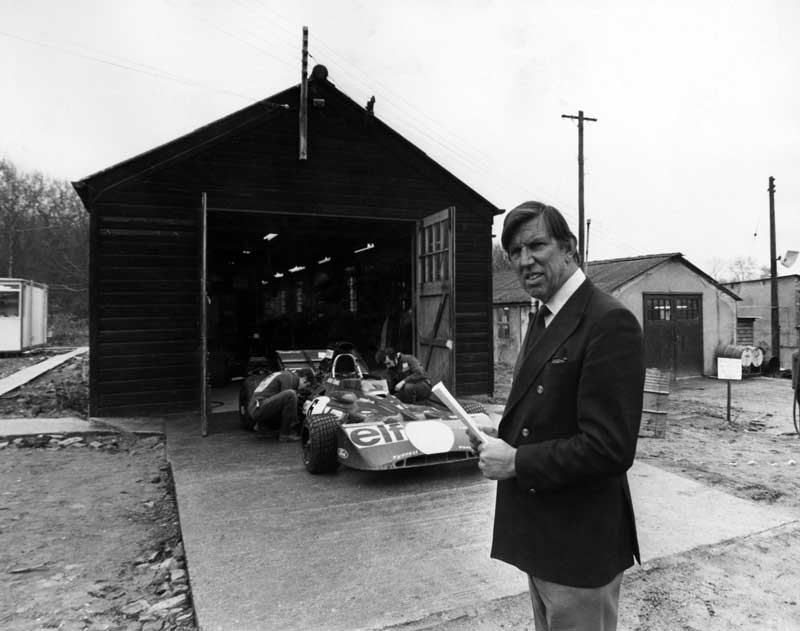
The Best Things Happen In An English Shed, Especially The Tyrrell Shed At Goodwood
The Tyrrell Shed once home of the World Championship winning Tyrrell Formula 1 team has been relocated to Goodwood and is set to open for
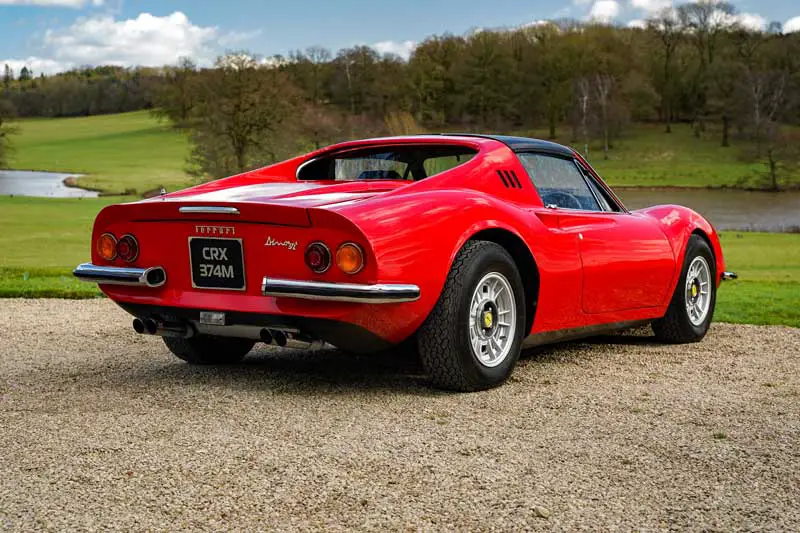
A 1973 Ferrari 246 Dino From The Manager Of Rock Legends Led Zeppelin Sold At Auction
Something of a piece of rock and roll history went for sale with the auction of Led Zeppelin manager Peter Grant’s old Ferrari 246 Dino
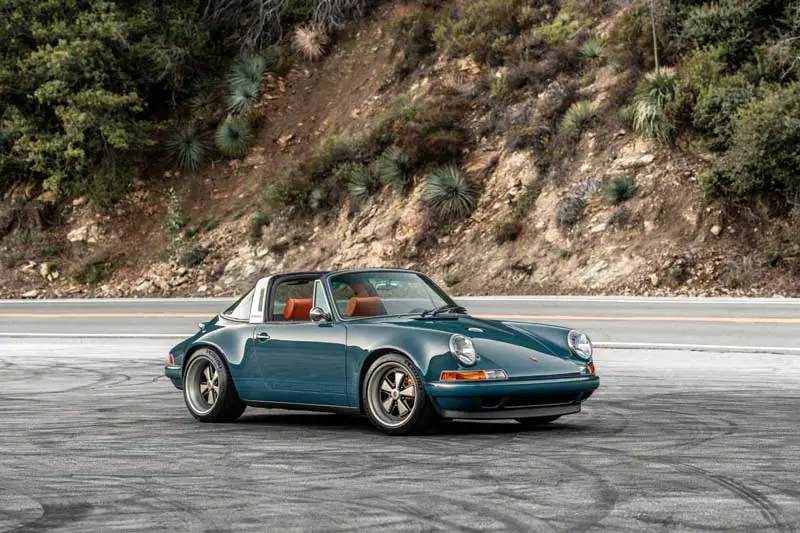
California Based Singer Has Completed Its 300th Restoration, The Sotto
Restomodders Singer have produced their 300th 911 already and it’s another964 based conversion called the Sotto. It’s almost hard to believe it was a964, though
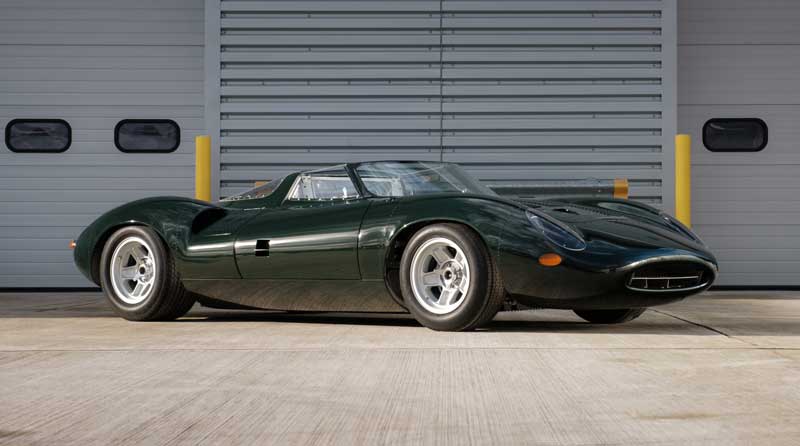
The True Spirit Of The Jaguar XJ13 Presented By JD Classics At Retromobile 2024
The masterpiece that is the Spirit of the XJ13 is unveiled at Retromobile 2024 by JD Classics of Chelmsford, England, and seen for the first
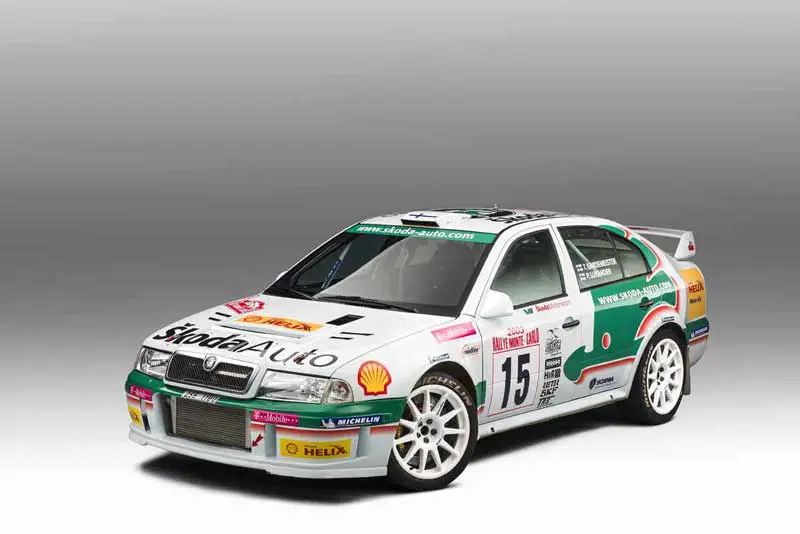
25 Years Of Škoda In The World Rally Championship
Škoda are no strangers to rallying having been successful for many years, but its now 25 years since their debut in the FIA World Rally
